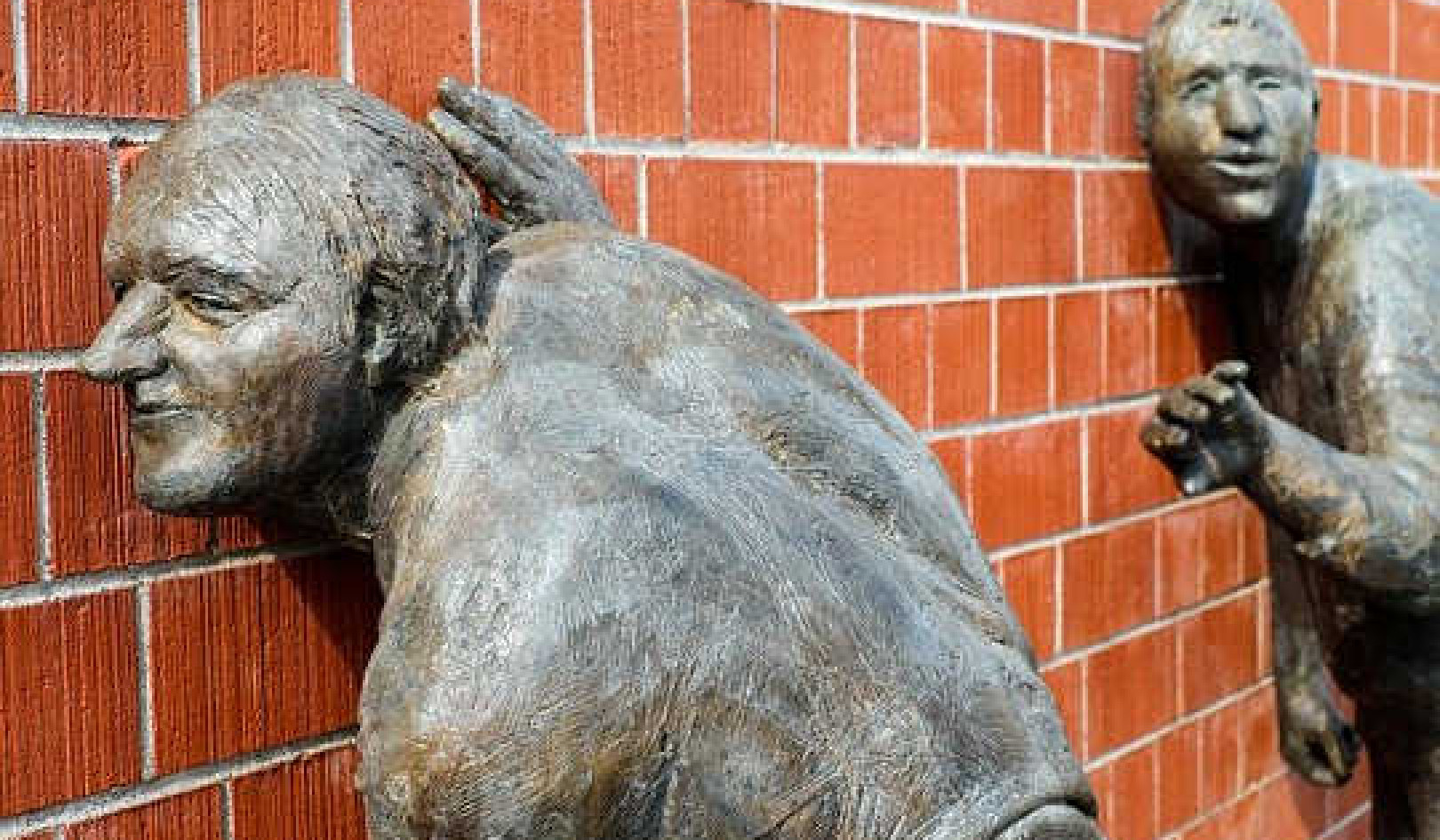
Image by Sandy Flowers
Homeowner insurance policies can be scary. Many homeowners aren’t sure what their insurance covers or how much insurance they really need. While we all want a good deal on insurance, choosing limits based on a lower premium might seem like a cost-effective move—until a loss occurs.
It is important to note that not all damages are covered, and policy specifics vary by company, highlighting why you must make sure you have the right coverage. This is where ‘coinsurance’ comes into play.
Understanding Homeowner Insurance
Homeowner insurance has two parts: property and liability for other’s injuries. Coinsurance is a condition in the property section that protects your most valuable assets against unforeseen damages. Beyond the structure itself, your policy covers your contents and living expenses during home repairs. We will focus on coinsurance for your structure.
What is Coinsurance?
The simplest explanation is that you agree to carry a specific percentage of insurance (the policy limit) on your home. If you do not have the correct policy limit amount, you will pay the pro-rata share of the damages with your insurance company. Not being compliant with the coinsurance requirement on the policy is known as being “underinsured.” Coinsurance encourages you to insure your home to its insurable value or “insurance-to-value” (ITV).
The ITV can be higher or lower than what you bought your home for. This is because insurance excludes some things that you buy with a home—namely land. The ITV is the cost to repair or replace the damaged property at the time of the loss. I stress the fact that the valuation is at the time of loss. Thus, it’s possible to do everything right and still end up underinsured.
Determining How Much is Enough
Calculating the right amount of insurance hinges on knowing the cost to rebuild your home NOW, in today’s market. Factors like construction materials, labor costs, and local building codes play critical roles.
For the most part, building supplies cost the same in a particular city, but depending on where you live in the country, construction materials will have different values. Insurers use a computer program that gives building supplies prices down to your zip code when they determine your home’s ITV.
The majority of policies state the policy limit must be 80% of your home’s ITV at the time of the loss to receive 100% of the damages (less the deductible).
The policy states how coinsurance is determined, but the shortcut adjusters use is:
Did = The policy limit you currently have.
Should = The policy limit you should have, or 80% of the home’s ITV.
Loss = The estimated amount of covered damages.
The Old Woman Who Lived in a Shoe
There was an old woman who lived in a shoe. In order to better understand coinsurance, we will say that a tornado destroyed the shoe. The woman filed a claim with her insurer, Mother Goose Insurance Mutual. Begonia Gemforest, the adjuster, measured the woman’s shoe and its rooms. Begonia input this information into the computer program. This amount is the “should.” Begonia reviewed the current policy limits (Did) and divided that by what the valuation is (Should).
Scenario #1:
The old woman’s 3 bedroom, 3 bath, 2,600 sq ft shoe-home is insured for $570,000. The ITV is $650,000. It must be insured at 80% of the insurable value at the time of the loss. The loss is $25,000. The deductible is $5,000. First, Begonia determines the “should” of the equation:
$650,000 x .80 = $520,000
Begonia can see that the “should” is less than the “did” of $570,000. Mother Goose will pay
100% of the loss, less the deductible. In other words, the old woman will receive a check for
$20,000 (the amount of damages less the deductible).
Scenario #2:
Using the same information, but increasing the ITV to $925,000. The old woman should have insured her shoe for $740,000. To avoid coinsurance payment, the woman must meet or exceed the coinsurance requirement of 80% of the full insurable value at the time of the loss. Since her policy limit ($570,000) is less than 80% of the full insurable value ($925,000), she is underinsured.
$925,000 x .80 = $740,000
Begonia realizes the “should” is greater than the amount of insurance the old woman “did”
have. Now, Begonia needs to determine what portion of the loss Mother Goose will pay, which is 77%.
In this example, the carrier will issue a check in the amount of $14,250 to the old woman.
|
Whole Loss and Damage |
$25,000.00 |
|
Less Coinsurance Deduction |
($5,750.00) |
|
Less Deductible |
($5,000.00) |
|
Payment by Mother Goose Mutual Insurance |
$14,250.00 |
The old woman will pay $10,750 for this loss.
|
Whole Loss and Damage |
$25,000.00 |
|
Coinsurance Deduction Owed by Old Woman |
$5,750.00 |
|
Deductible Owed by Old Woman |
$5,000.00 |
|
Old Woman’s Out of Pocket Expense |
$10,750.00 |
Important Considerations
-
The policy limit you choose should be based the cost to rebuild your home at the time of the loss, which is presumably sometime in the future. It is not the amount the mortgagee (the mortgage lender) wants or the price you paid for the house.
-
Regularly review your policy limits, especially after renovations. Remember, the value is determined when the claim occurs.
-
You may hear the adjuster or agent refer to coinsurance as a “penalty.” It is not a penalty. It is a requirement and a condition of the policy that you adequately insure your home.
-
Consider professional appraisals or consultations with your insurance agent to accurately reflect your home's value and coverage needs.
In the End
The amount of homeowner policy limits you need is not fixed. As property values increase, whether through market changes or home improvements, your insurance coverage should change, too.
Inflation and personal enhancements to the property, such as renovations or additions, can significantly increase the ITV of your home. Consequently, a policy adequate today may be insufficient tomorrow. Regularly reassessing your coverage against the backdrop of changes in your property ensures you are not left underinsured.
Copyright 2024. All Rights Reserved.
Book by this Author:
BOOK: Once Upon A Claim
Once Upon A Claim: Fairy Tales to Protect Your Ass(ets)
by Chantal M Roberts.
 Insurance expert Chantal M. Roberts, CPCU, AIC, RPA, through this collection of tales, rhymes, and fables, helps you understand the world of property and casualty insurance and claims. From the "Three Blind Mice" to the "Three Little Pigs" to the "Three Spinning Women," she uses familiar stories to illustrate important insurance principles and suggested strategies for handling claims.
Insurance expert Chantal M. Roberts, CPCU, AIC, RPA, through this collection of tales, rhymes, and fables, helps you understand the world of property and casualty insurance and claims. From the "Three Blind Mice" to the "Three Little Pigs" to the "Three Spinning Women," she uses familiar stories to illustrate important insurance principles and suggested strategies for handling claims.
Whether you're a homeowner dealing with property damage, a driver involved in an auto accident, or simply someone who wants to better understand how insurance claims work, this book is an essential resource. With a touch of whimsy and a dash of humor, the author makes learning about insurance and claims a fun and engaging experience. This book is a must-read for anyone who wants to be a better advocate for themselves and navigate the complex world of insurance and claims with confidence.
For more info and/or to order this large print hardcover book, click here. Also available as a Kindle edition.
About the Author
 Chantal M. Roberts, CPCU, AIC, RPA, is a self-described insurance nerd with over 20 years of experience as a multi-lined claims adjuster. She is also an award-nominated author who has previously written two books, one for mid-career adjusters, The Art of Adjusting: Writing Down the Unwritten Rules of Claims Handling, and a creative nonfiction story about Molière, A Love Story: How the Heartland Fell in Love With a 400-Year-Old French Comedic Playwright. Her new book, Once Upon A Claim: Fairy Tales to Protect Your Ass(ets) (May 11, 2024), provides consumers with a better understanding of property and casualty insurance and claims.
Chantal M. Roberts, CPCU, AIC, RPA, is a self-described insurance nerd with over 20 years of experience as a multi-lined claims adjuster. She is also an award-nominated author who has previously written two books, one for mid-career adjusters, The Art of Adjusting: Writing Down the Unwritten Rules of Claims Handling, and a creative nonfiction story about Molière, A Love Story: How the Heartland Fell in Love With a 400-Year-Old French Comedic Playwright. Her new book, Once Upon A Claim: Fairy Tales to Protect Your Ass(ets) (May 11, 2024), provides consumers with a better understanding of property and casualty insurance and claims.
Learn more at CMR Consulting
























